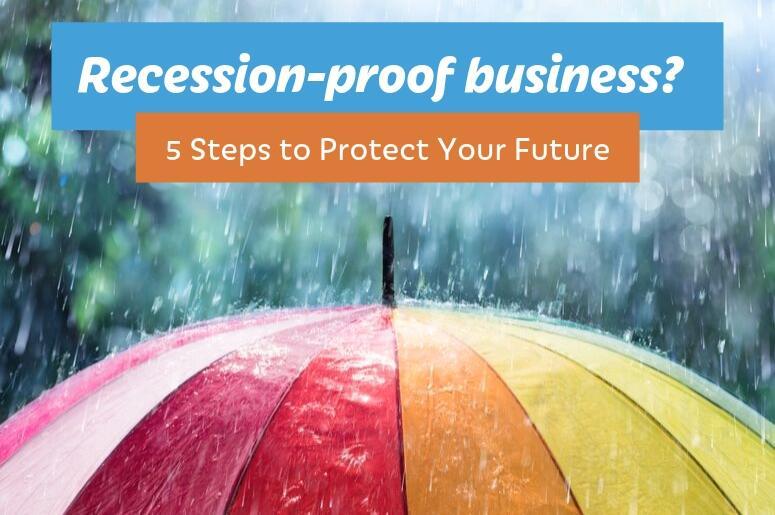5 steps to recession-proof your business

- Asian Financial Crisis in 1997
- Recession following 9/11 in 2001
- SARS Flu Epidemic in 2003 and
- Global Financial Crisis (GFC) in 2008.
1. Develop a good cash flow strategy
Cash flow is the air that you breathe in and out of the business. To keep your business healthy, the airways must be clear.
A sound cash flow strategy puts your business in good stead to weather a downturn. Tax planning is a critical component of this strategy as is the use of cloud (online) accounting apps such as Xero and QuickBooks Online that you can use to more easily predict and plan for your cash inflows and outflows. A cashflow forecast is a crucial tool when times are tough. As your Accountants we can assist in preparing and updating your cashflow forecast.
2. Be driven by a dashboard
Just as it’s not possible to monitor every aspect of your car’s performance as you drive, nor is it possible to keep an eye on every aspect of your business each day. That’s why you need a dashboard — in your car and in your business.
When you’re driving you need to keep an eye on the most important measures such as speed, fuel and engine temperature (not to mention direction!), and likewise when you’re running a small business there are a handful of Key Performance Indicators (KPIs) you should be monitoring daily.
These are the numbers that you need to have on your business dashboard.
Most small businesses struggle with identifying and monitoring their KPIs. As Accountants and Business Advisors we can make it easy for you to get started using a business dashboard.
3. Keep your credit scores healthy
It’s vital you maintain a good personal credit score and a good business credit score because—for small businesses—often credit bureaus don't distinguish between business and personal scores.
With good credit scores you'll be on firmer ground to borrow required funds to sustain your business through tighter economic conditions.
4. Do marketing now (and keep marketing throughout a recession)
Marketing should not be viewed as a panacea for bad times. Marketing is an investment and like all investments, it takes time to bear fruit.
Embarking on a sound marketing strategy involves detailed planning. It requires time, so start now! And while it might seem counter-intuitive to actually increase your marketing spend in a recession, this is precisely what many successful business operators do.
Why? Because they know that while most of their competitors will be cutting back on their marketing budgets, there’s an opportunity to gain market share with higher visibility while their competition goes into hibernation.
5. Keep your customers happy
We all know the saying, “A bird in hand is better than two in the bush.” It’s a mistake to go chasing after new customers at the expense of providing excellent service and attention to your existing customers.
A focus on nurturing strong relationships with your current customers during the good times will pay dividends for your business in harder times. Strong customer loyalty is a key trait of a resilient business.
Work on a strategy to develop and nurture loyal customers who then ultimately become advocates and ‘raving fans’ of your business.
Next steps
Put these five lessons in place now and your business will be in a much better place, regardless of the economic conditions.
About Ascent Accountants: We are a Perth accounting firm engaged by small businesses to not on only help them with the usual tax and compliance matters, but to advise them on how to build great small businesses.
Contact us to learn more about the services we offer and how we can help you to recession-proof your business.
Author: Nigel Parker, CPA — Principal of Ascent Accountants, Perth
Need help with your accounting?








